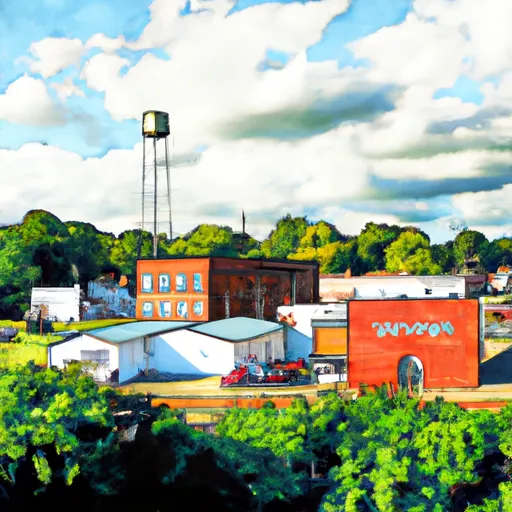°F
°F
mph
Windspeed
%
Humidity











Willard, Ohio is a small city located in Huron County, in the northern part of the state. The city experiences a humid continental climate, characterized by hot summers and cold winters. Average high temperatures range from around 30°F (-1°C) in winter to 85°F (29°C) in summer, with precipitation evenly distributed throughout the year.
Hydrologically, Willard is situated near the western edge of the Sandusky River watershed. The Sandusky River, along with various smaller streams and creeks, flow through the area, providing opportunities for boating, fishing, and other water-based activities. The region is also home to several groundwater sources that contribute to the local hydrology.
Outdoor recreation enthusiasts in Willard can enjoy various activities. The city boasts several parks and green spaces, including the Willard Reservoir, which offers fishing, boating, and picnicking opportunities. Additionally, the nearby Mohican State Park provides opportunities for hiking, camping, horseback riding, and wildlife observation. The park features numerous trails, scenic rivers, and lush forests, making it a popular destination for nature lovers and outdoor adventurers.
Weather Forecast
Willard receives approximately 1038mm of rain per year, with humidity levels near 82% and air temperatures averaging around 10°C. Willard has a plant hardyness factor of 6, meaning plants and agriculture in this region thrive during a short period during spring and early summer. Most plants will die off during the colder winter months.
Regional Streamflow Levels
47
Cubic Feet Per Second
31
Cubic Feet Per Second
34
Cubic Feet Per Second
55
Cubic Feet Per Second
Nearby Camping
| Camping Area | Reservations | Toilets | Showers |
|---|---|---|---|
| Algonac State Park |



